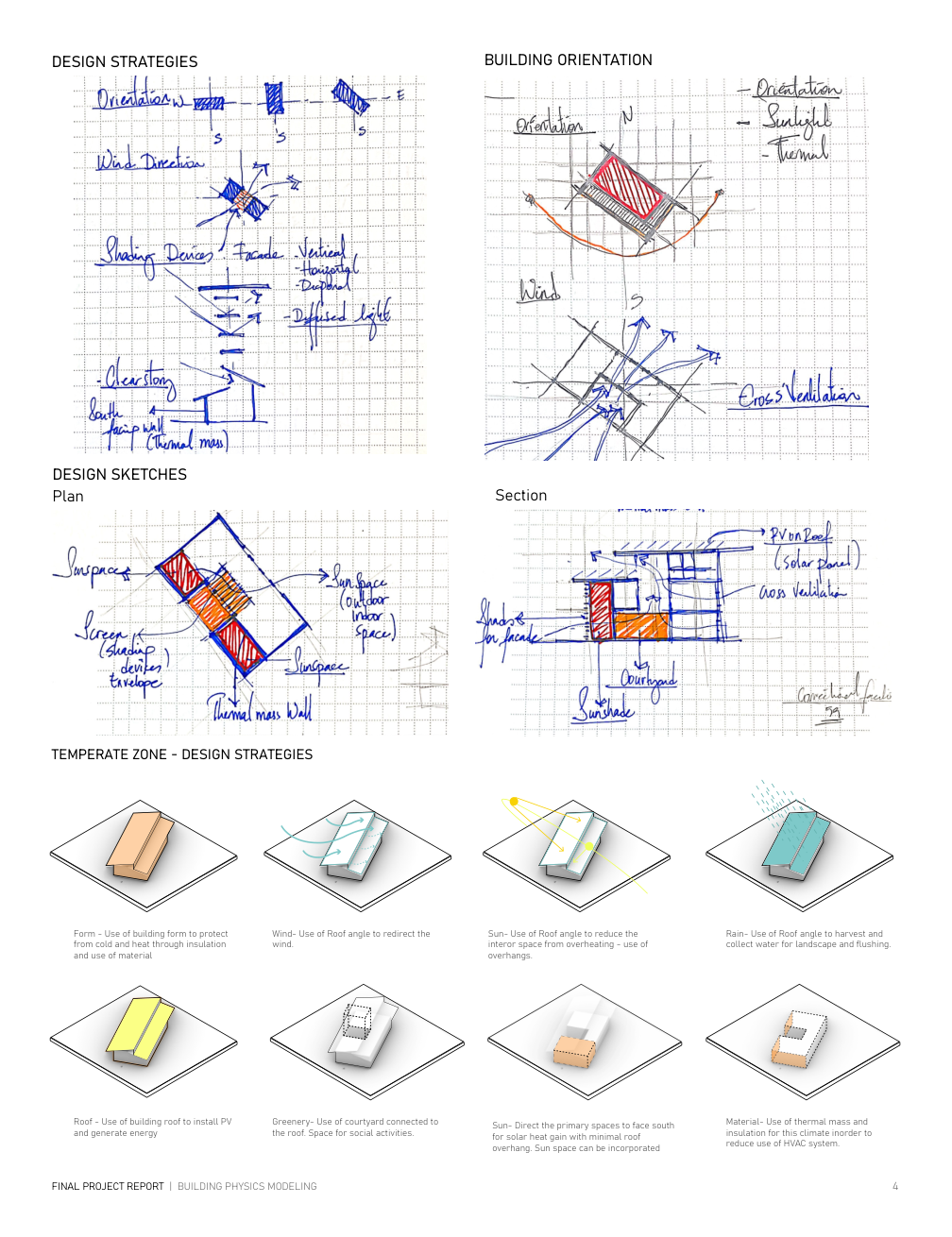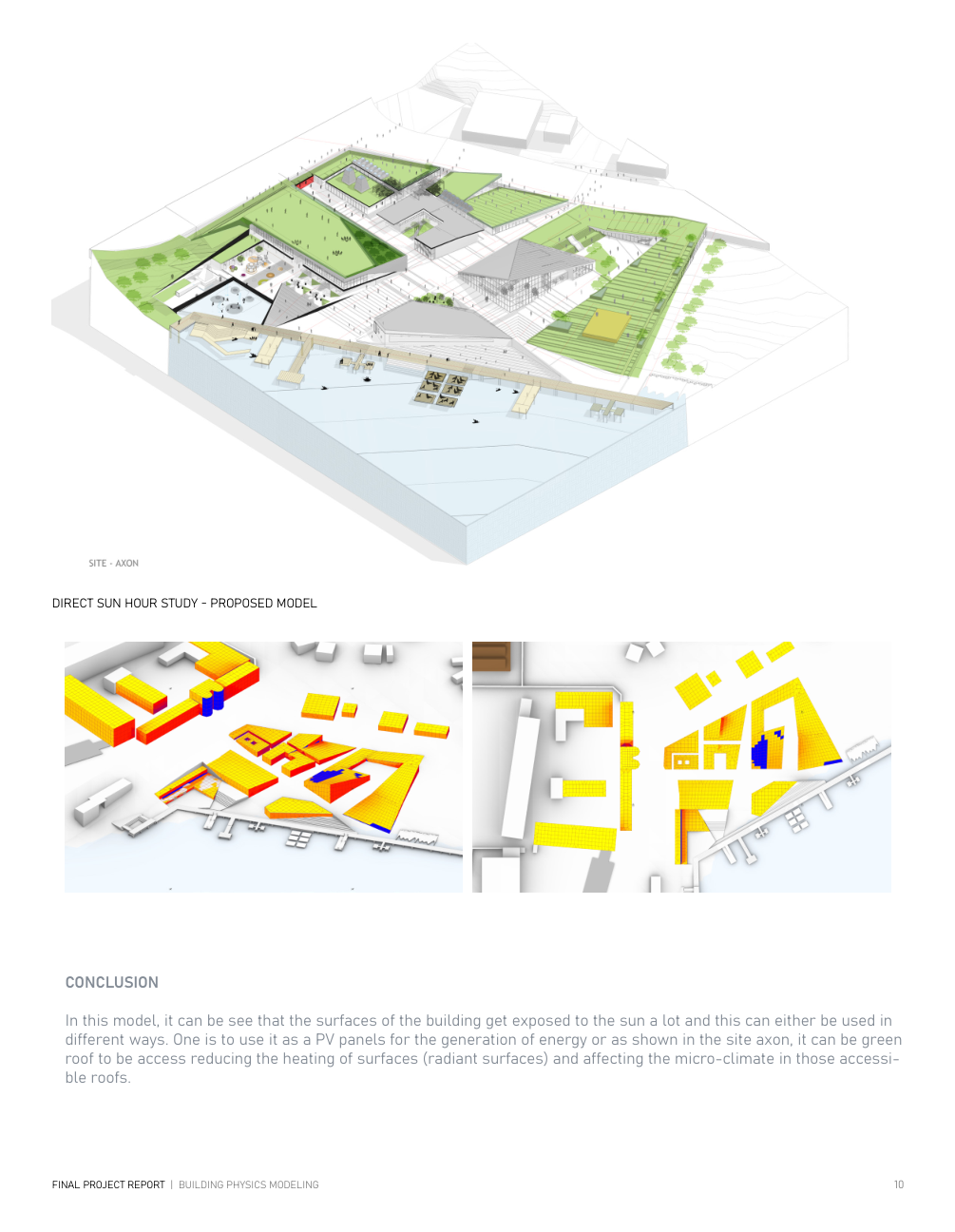ARCH 6242
Building Physics Modeling
Buildings are crucial for societal well-being, but significantly impact energy use and emissions, accounting for about 40% of U.S. energy consumption and 38% of greenhouse gases. Meeting the U.S. Department of Energy’s goal of reducing emissions by 28% requires integrating building performance evaluations into the very early stages of architectural design.
This course focuses on advanced sustainability considerations in architectural design as well as energy and material dynamics during the construction and operation of buildings. We explore a spectrum of topics around building physics, from daylighting, glare, and outdoor thermal comfort to building thermodynamics, envelope structures, and building energy modeling and will use tools like ClimateStudio, Eddy3D, HTFlux, Urbano.io, and others, to evaluate building performance.
At the end of the course, students will have developed a thorough understanding of environmental boundary conditions and their influence on building systems, physics, design, and sustainability. Students will be able to use the tools mentioned above to design spaces that maximize comfort while minimizing environmental impact. Students are encouraged to implement these techniques into their studio projects and reflect on how building performance considerations can inform their architectural decision-making.
The course structure includes weekly lectures and lab sessions. A combination of individual assignments, classroom presentations, and hands-on exercises will allow students to practice the application of sustainable design in modern buildings. Students are encouraged to bring their studio projects and use their designs as the basis for homework assignments. Most homework assignments will be performed with Rhino & Grasshopper and culminate in a final project presented by the students.
Advanced proficiency in Rhino and Grasshopper is essential. Undergraduate students (ARCH 4833, CRN 93969) must have completed Media Modeling 2 (ARCH 2020) before registration. Graduate students without sufficient background must complete additional work at the semester’s start or concurrently enroll in Media Modeling 2 to develop necessary skills. Faculty guidance will be provided during orientation.
Excerpt of student work by Sabontu Tuse (M.Arch. Georgia Tech Class of 2023).


